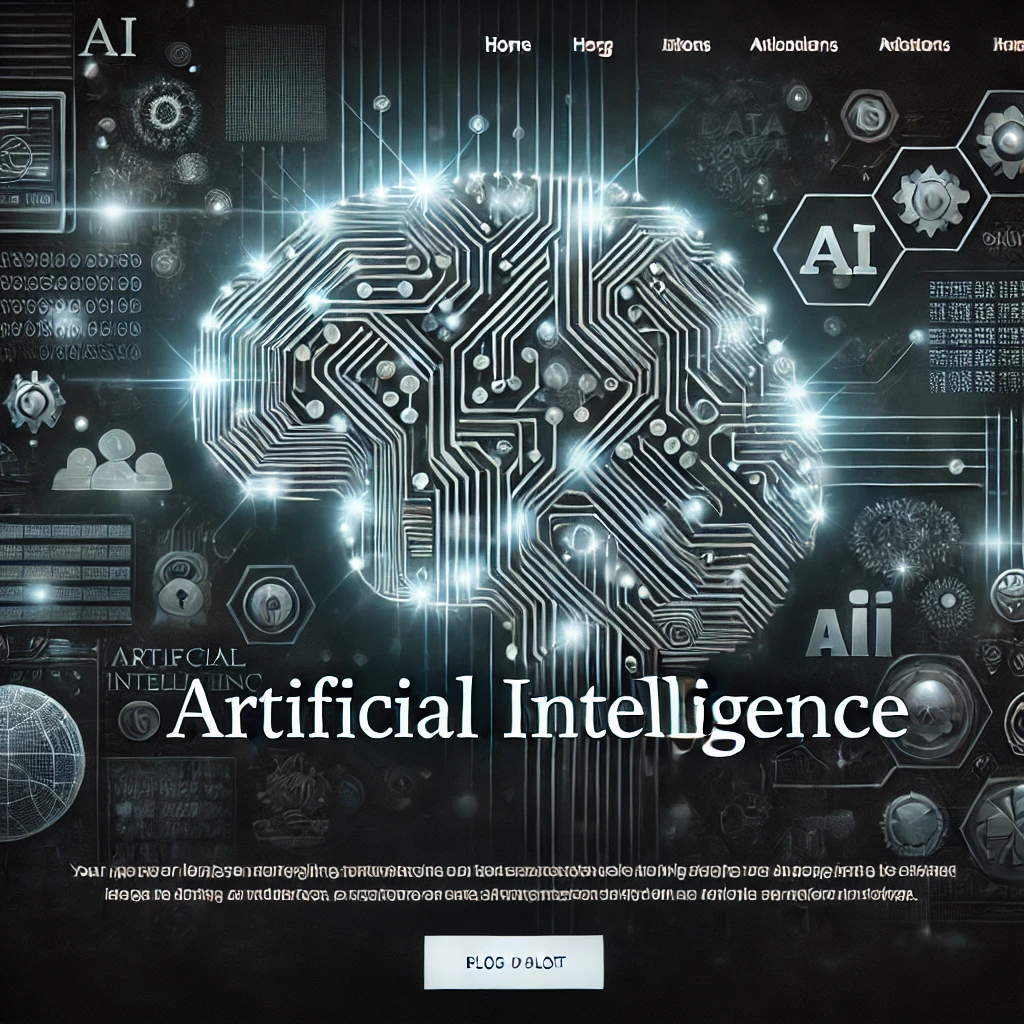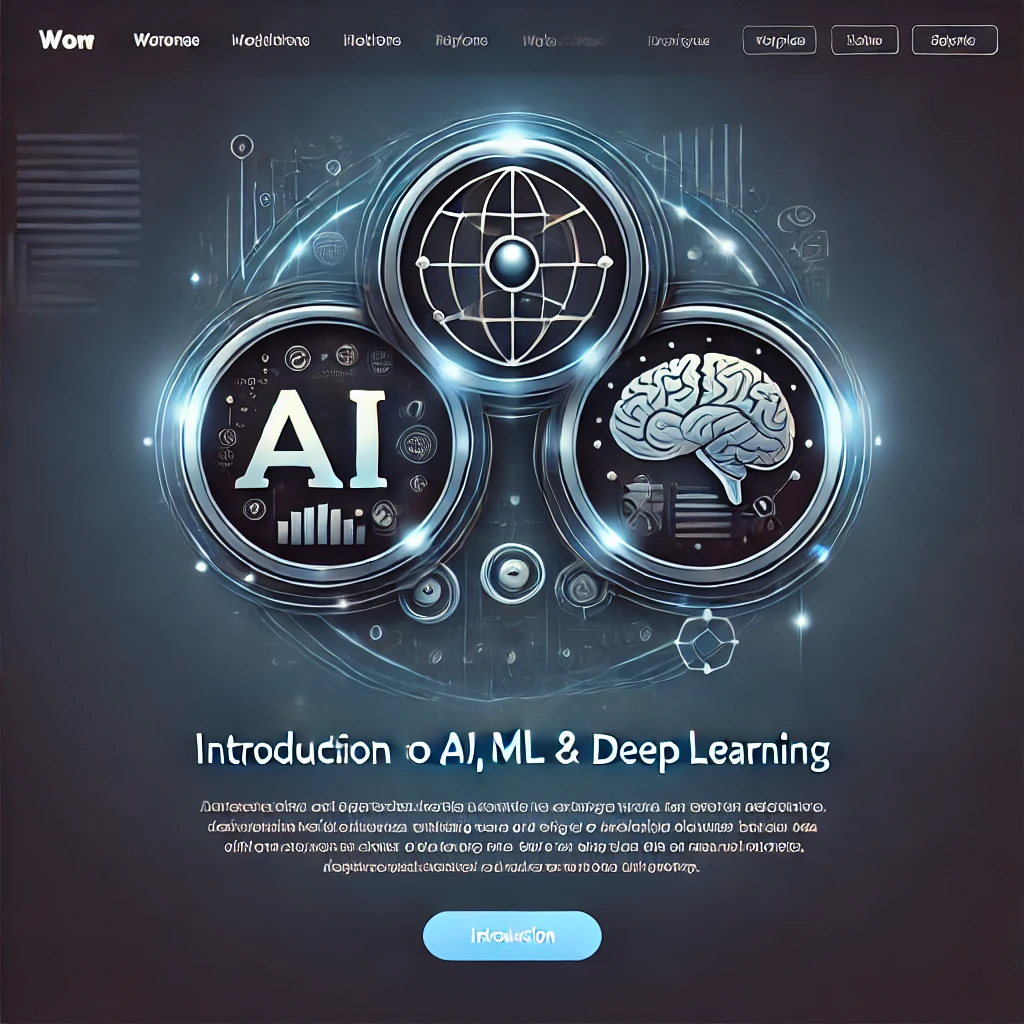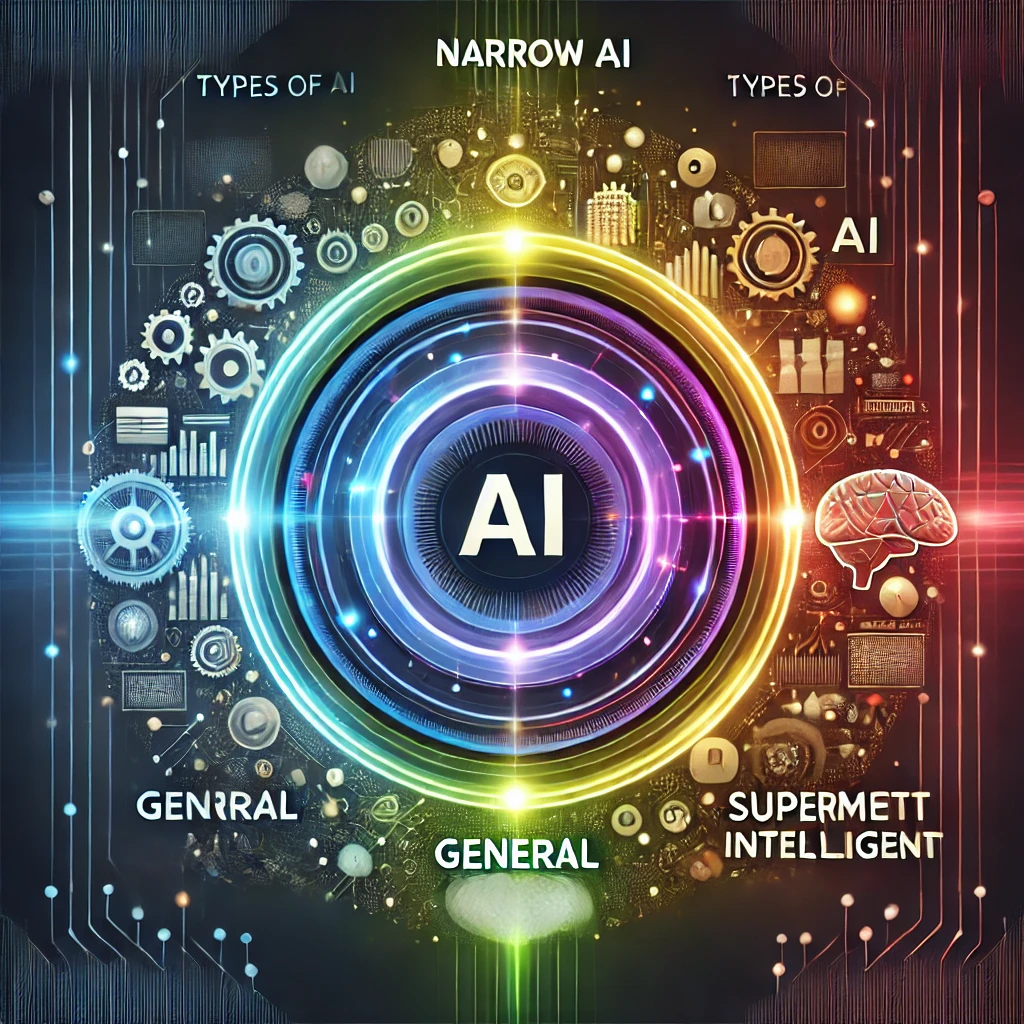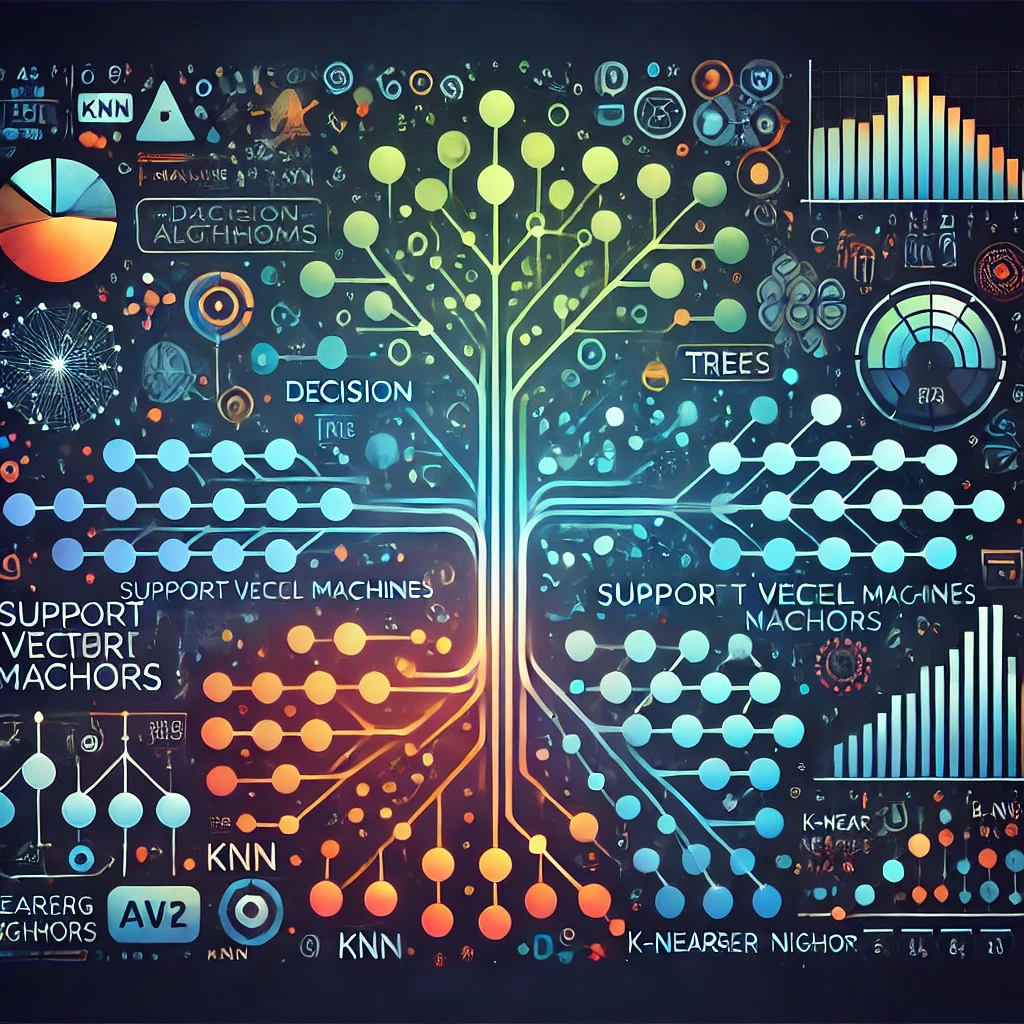Integrating AI into Web Apps: Overview of APIs and Tools for Incorporating AI
As the tech landscape continues to evolve, artificial intelligence (AI) has become a staple in modern web application development. With the help of various APIs and tools, developers can create smarter, more efficient applications. In this blog post, we will explore the benefits of integrating AI into web apps and provide an overview of the APIs and tools you can use to make this happen.
Why Integrate AI into Web Apps?
The integration of AI into web applications can unlock numerous advantages:
- Enhanced User Experience: AI can personalize user interactions, making applications more engaging and user-friendly.
- Automation of Routine Tasks: Automating repetitive tasks can save time and reduce operational costs.
- Data-Driven Insights: AI algorithms can analyze large sets of data to uncover trends and insights that inform strategic decisions.
- Improved Decision Making: AI can assist in decision-making processes by providing predictive analytics and recommendations.
Getting Started: Key APIs for AI Integration
When starting your journey to integrate AI, choosing the right APIs is crucial. Here are some of the most popular APIs that facilitate AI integration:
1. Google Cloud AI
Google Cloud offers a robust suite of AI tools that can be easily integrated into web applications:
- Natural Language API: Analyze and understand text for sentiment analysis and entity recognition.
- Vision API: Add image recognition capabilities by analyzing images to detect faces, landmarks, and objects.
- Speech-to-Text and Text-to-Speech: Build applications that convert speech to text and vice versa, enabling voice commands and audio responses.
2. Microsoft Azure Cognitive Services
Microsoft Azure provides extensive AI capabilities through its Cognitive Services:
- Computer Vision: Analyze images and extract actionable data, from identifying objects to reading printed and handwritten text.
- Language Understanding (LUIS): Build natural language understanding into your applications, allowing users to interact using everyday language.
- Text Analytics: Extract insights from text, including sentiment detection and key phrase extraction.
3. IBM Watson
IBM Watson is another prominent player that offers various tools for AI integration:
- Watson Assistant: Create conversational agents that can handle customer queries through chat or voice.
- Watson Discovery: Automatically uncover insights from data thanks to advanced search and text mining capabilities.
- Watson Natural Language Understanding: Analyze text for emotions, categories, concepts, and entities.
Machine Learning Frameworks and Tools
In addition to APIs, several frameworks and tools can assist developers in creating custom AI models:
1. TensorFlow
TensorFlow is an open-source library developed by Google that is widely used for building machine learning models:
- Flexibility: Build models for various types of machine learning, from deep learning to reinforcement learning.
- Community Support: Plenty of resources and community support are available for troubleshooting and enhancement.
2. PyTorch
PyTorch is known for its simplicity and is ideal for prototyping:
- Dynamic Computation Graphs: Make changes to your model on-the-fly without heavy restructuring.
- Strong Community: Offers extensive tutorials and programs on various AI topics.
3. Keras
Keras is a high-level API running on top of TensorFlow, perfect for quick model development:
- User-Friendly: Excellent for both beginners and experts who want to streamline the development process.
- Modular Approach: Easily build and test different model architectures.
Best Practices for Integrating AI into Web Apps
Here are some best practices to follow when incorporating AI into your web applications:
- Start Small: Begin with a specific use case and expand as you gather user feedback.
- Ensure Data Quality: The effectiveness of AI models is heavily dependent on the quality of the data used for training.
- Focus on User Privacy: AI applications often process sensitive data; ensure compliance with privacy regulations.
- Measure Performance: Continuously evaluate your AI models for accuracy and effectiveness post-implementation.
Conclusion
Integrating AI into web applications is no longer a futuristic concept; it is a present-day necessity that can significantly enhance user experience and operational efficiency. Armed with numerous APIs and tools, developers have the resources at their disposal to enrich web applications. As you embark on this journey, remember to adhere to best practices and focus on the value it brings to your users.




